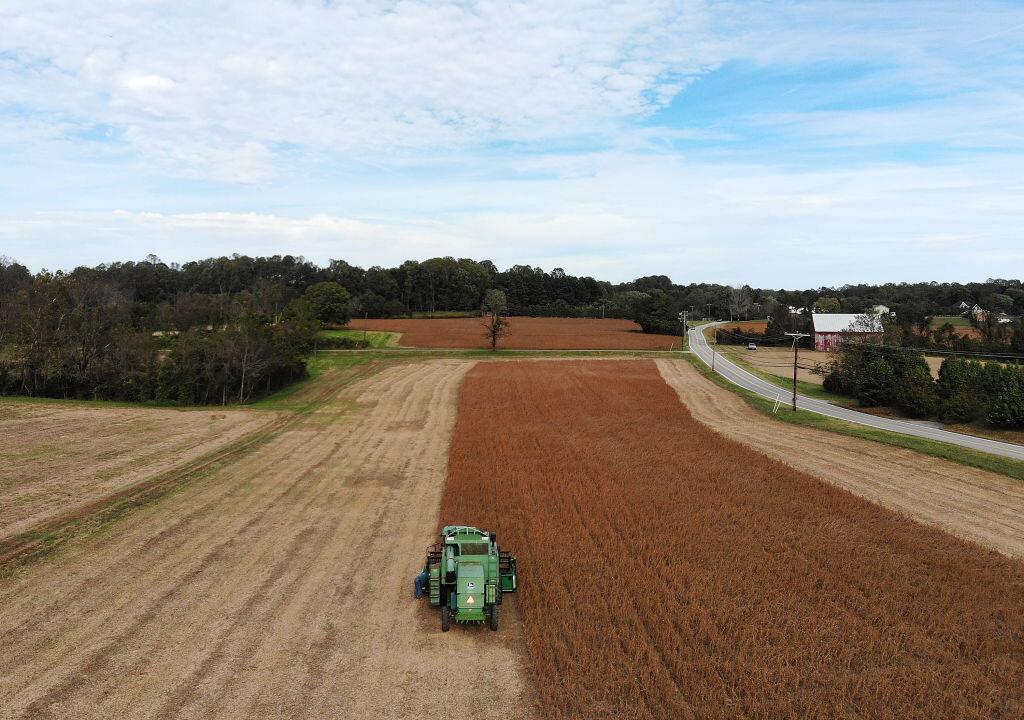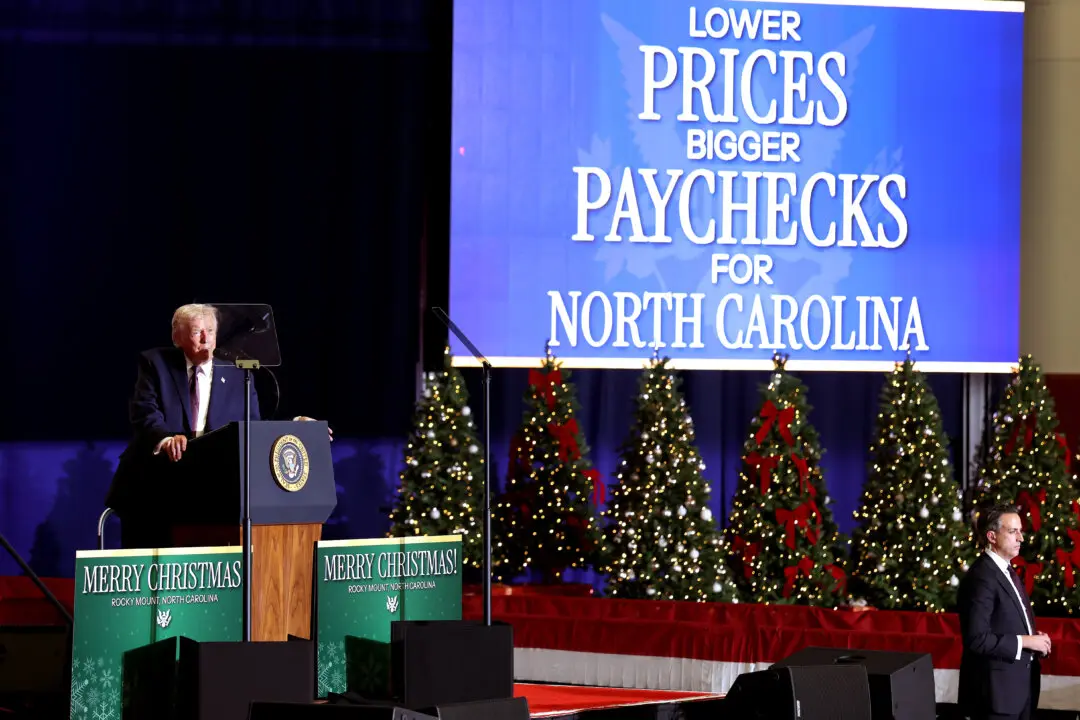WASHINGTON—There is a lack of clarity surrounding the future of a U.S.–EU trade deal as European leaders may resist lifting import barriers to American agriculture.
A coalition of more than 50 food and agriculture organizations in the United States insist that any trade deal with the EU should include American agriculture products.





